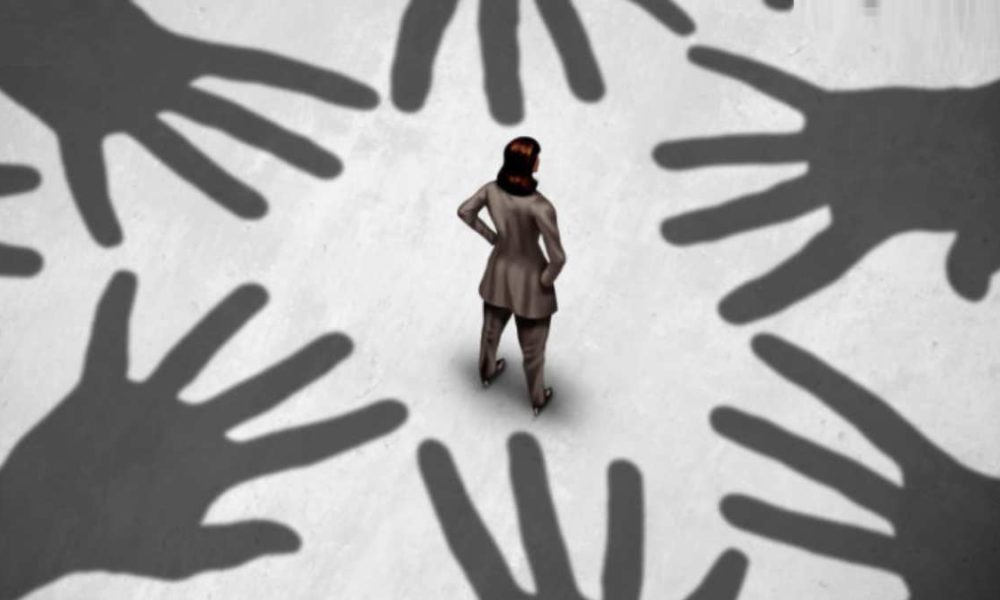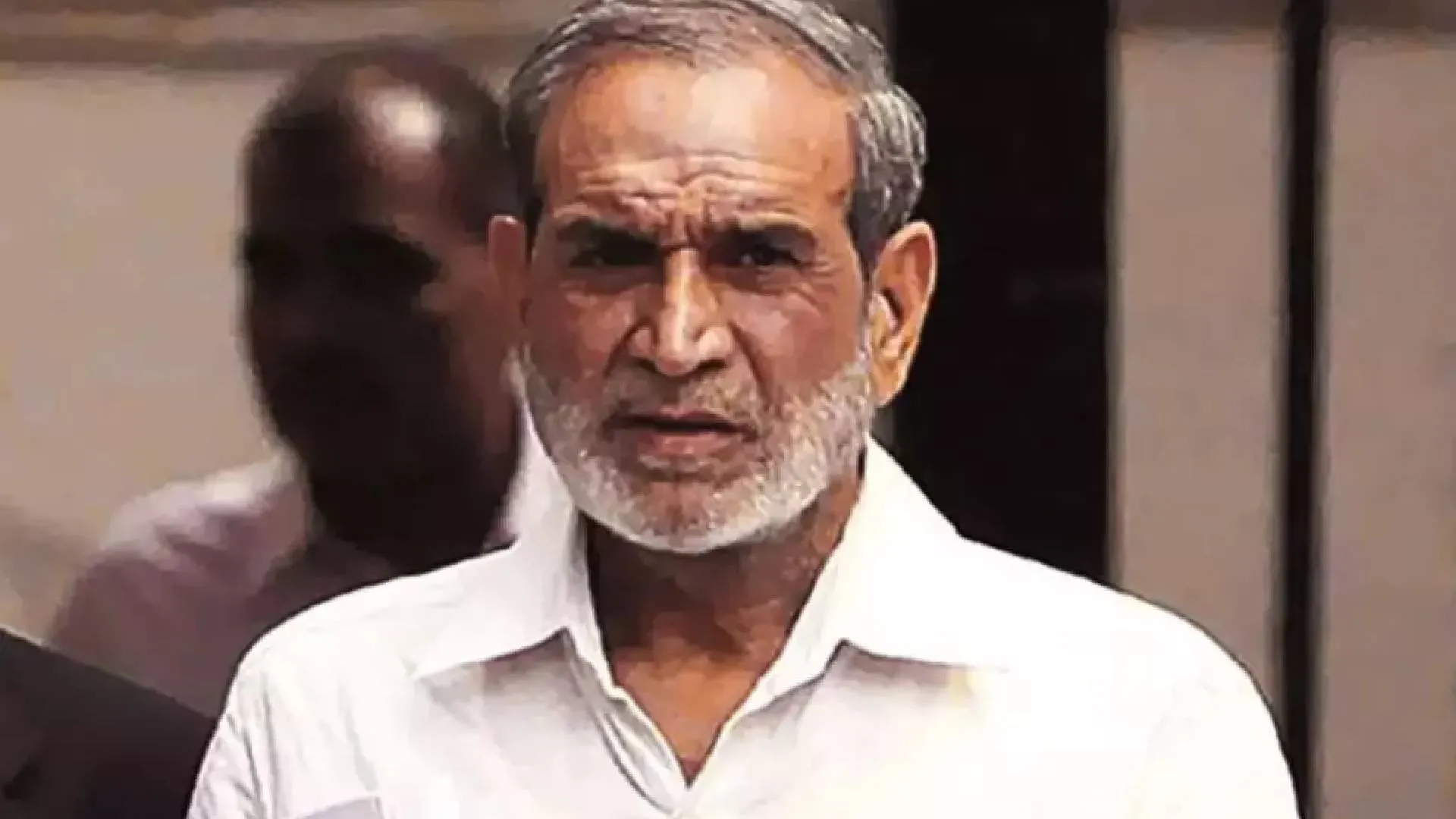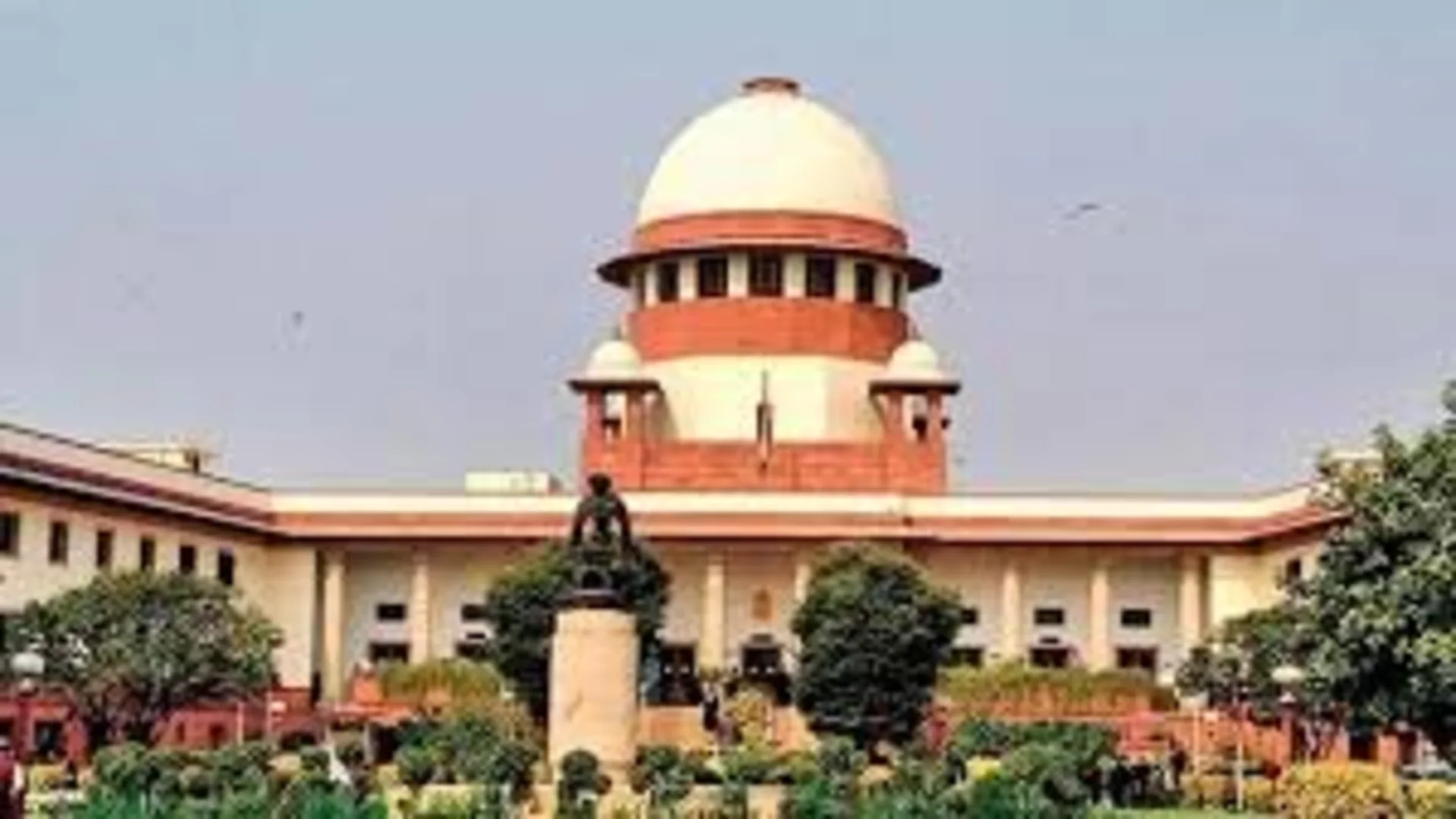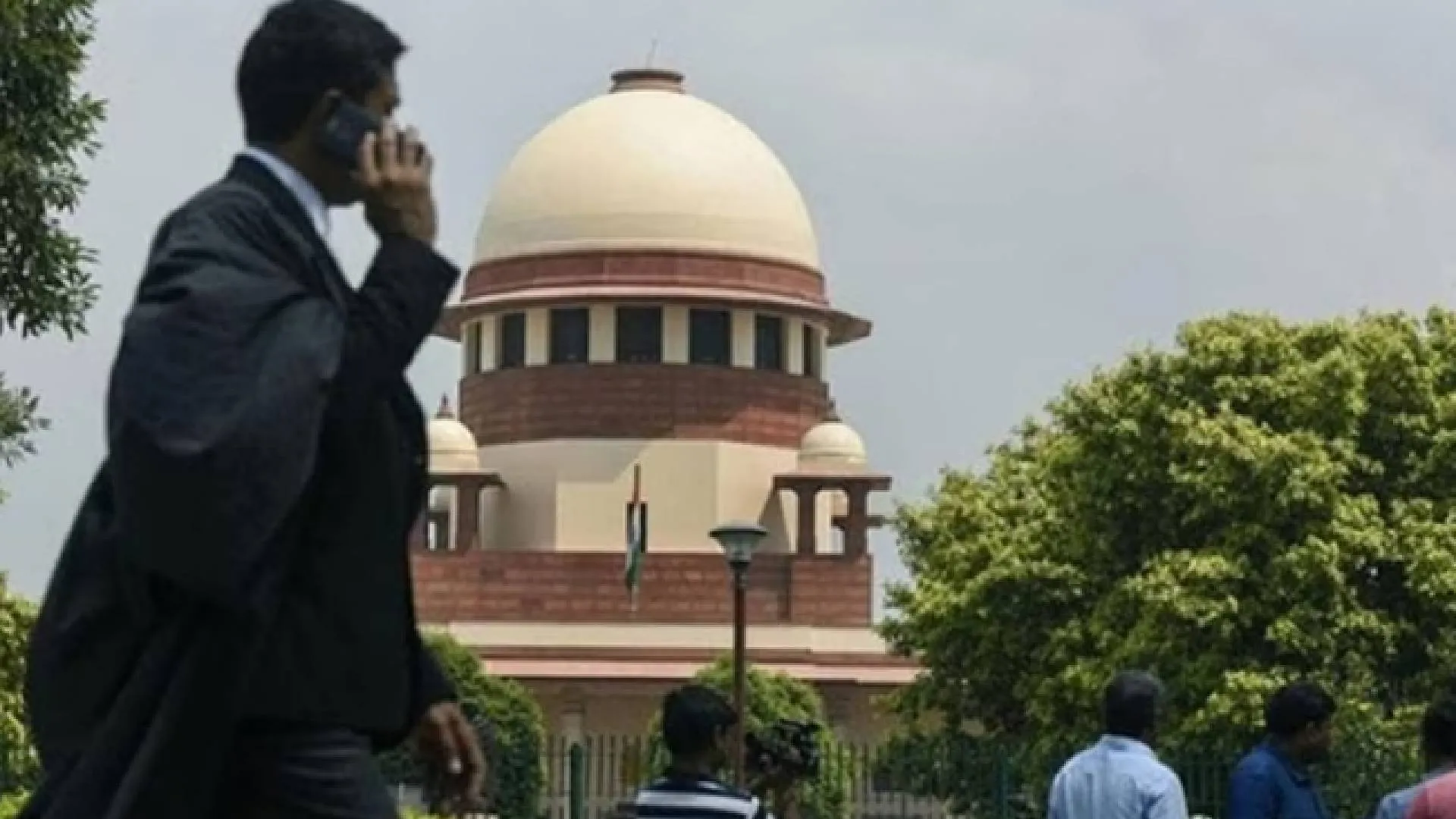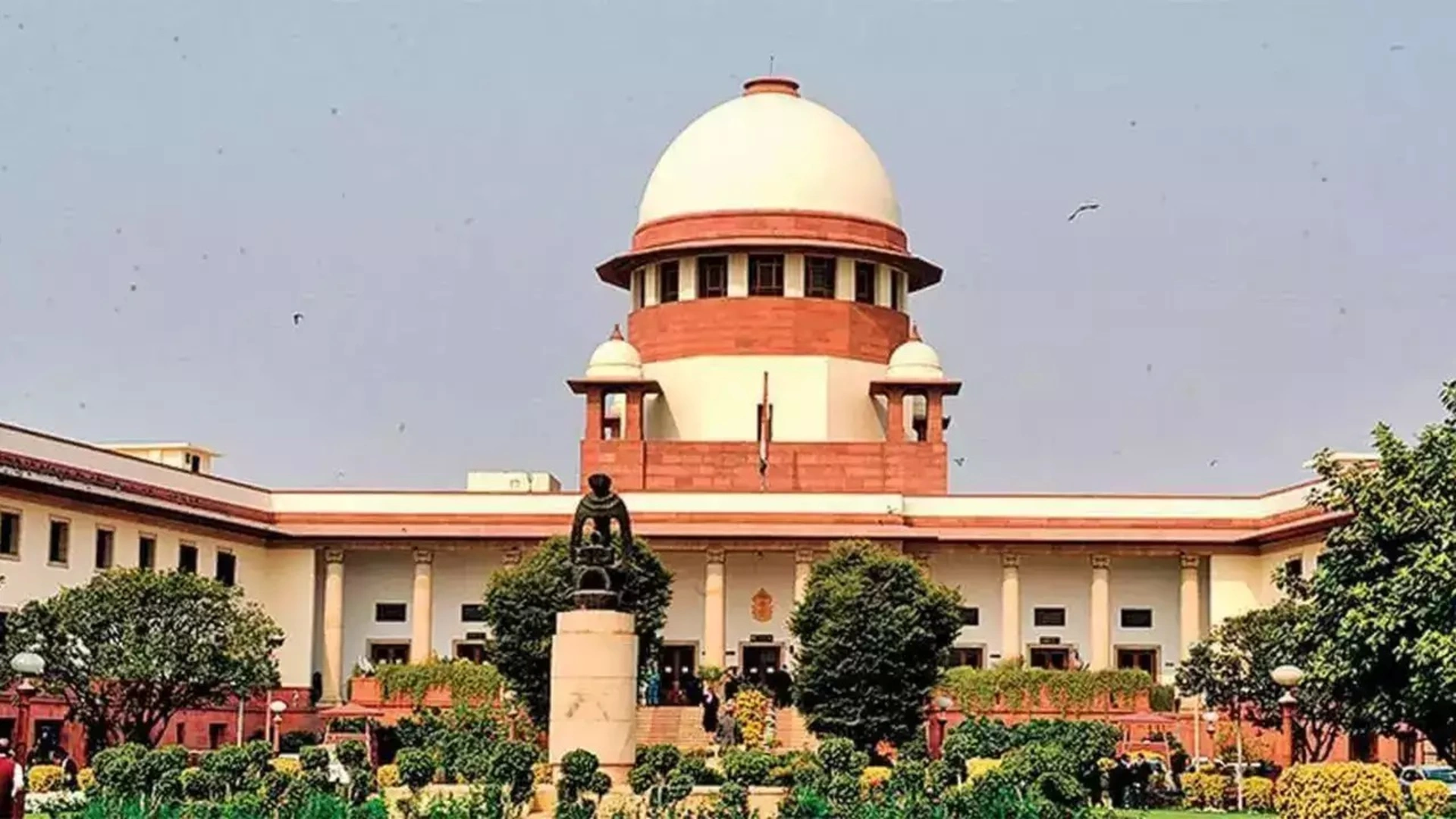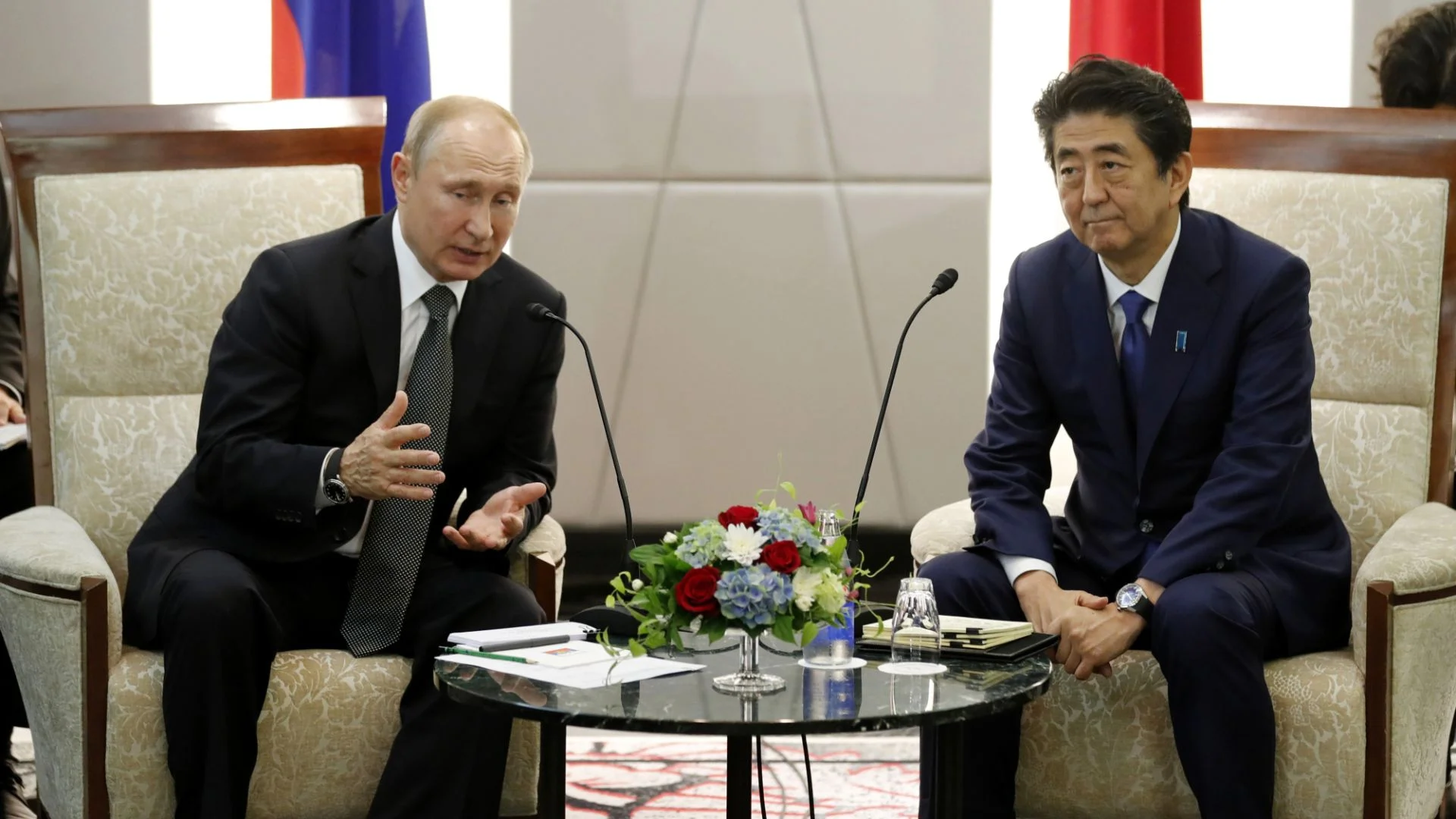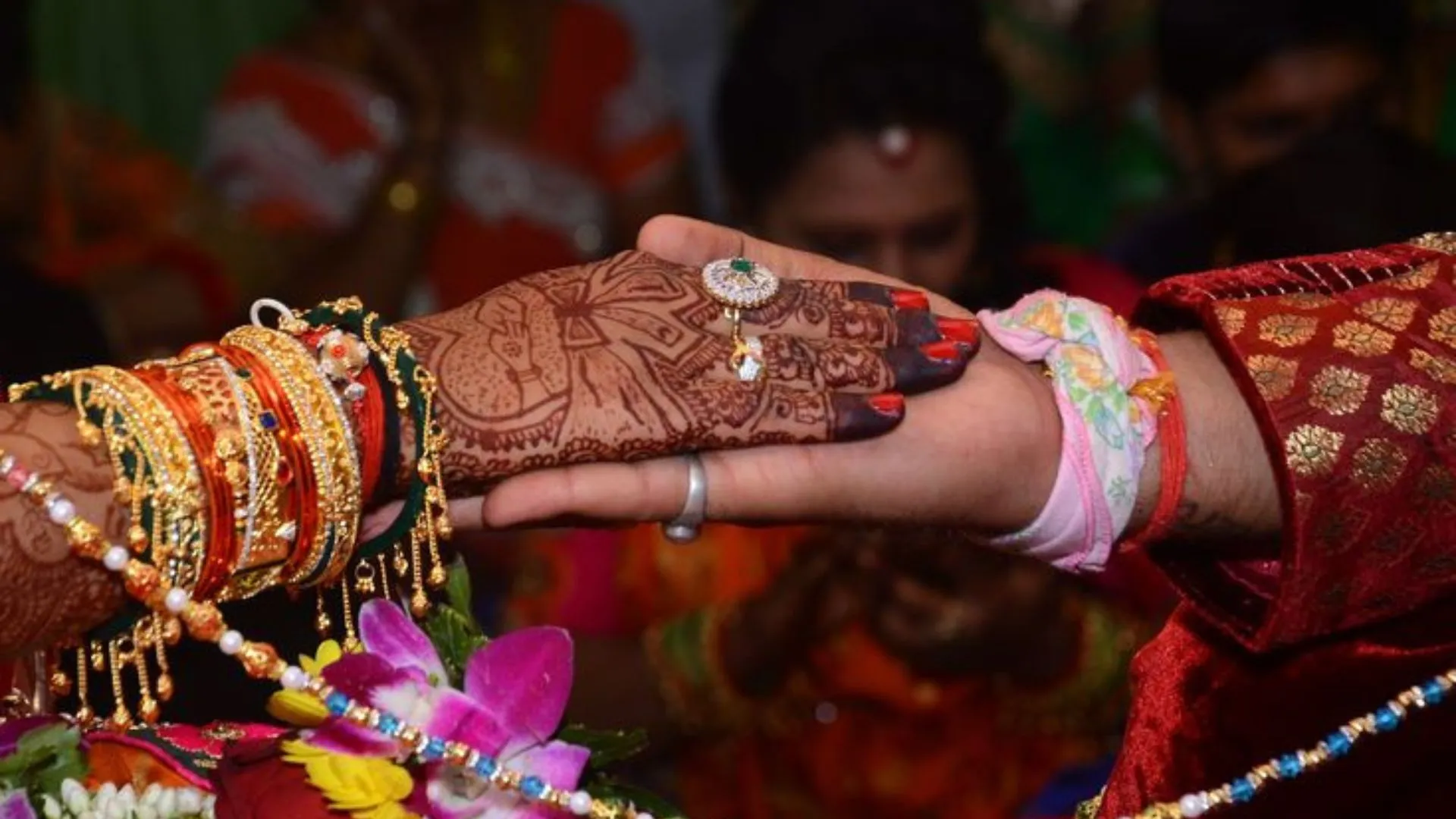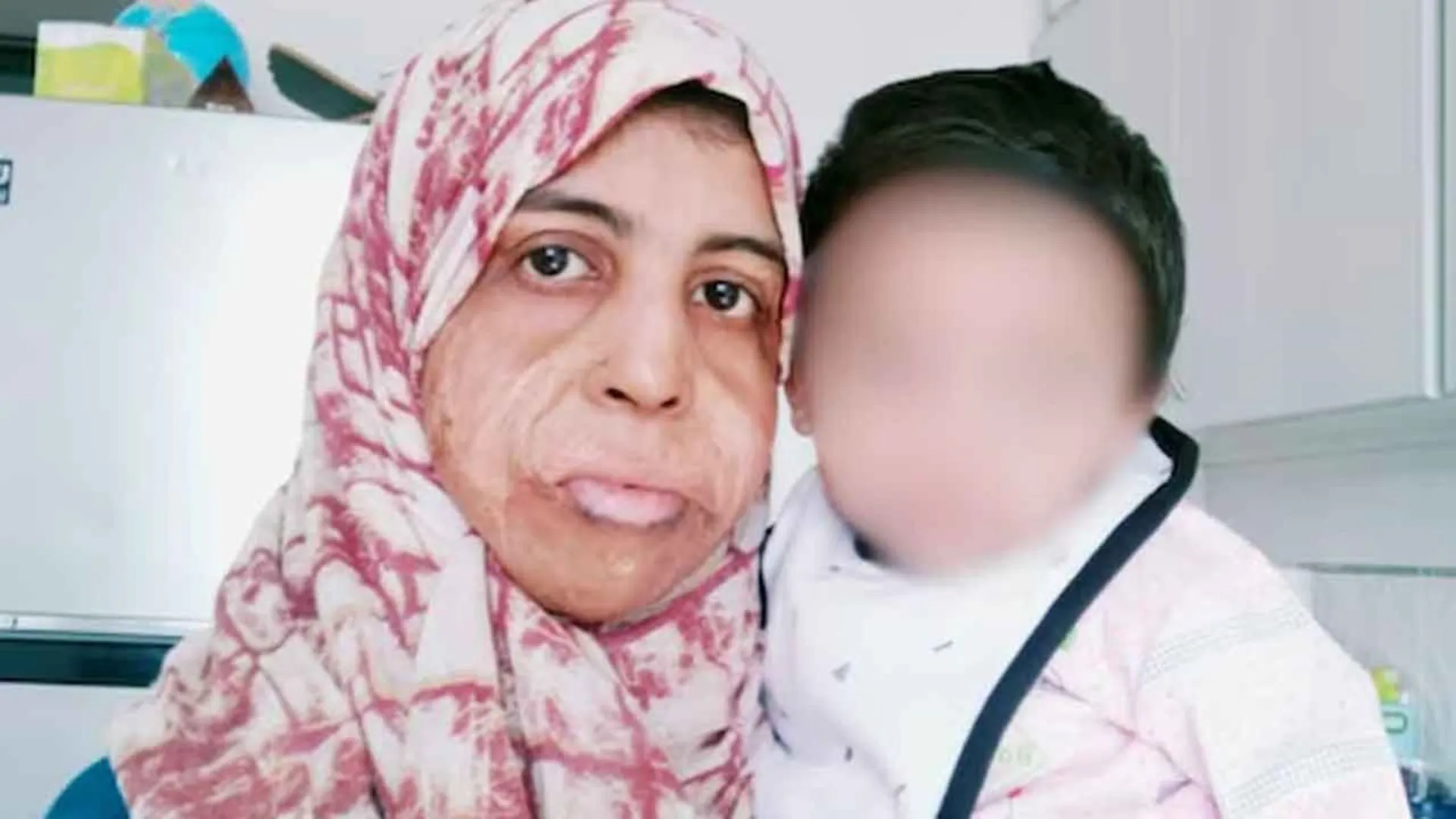Complaints of Sexual Harassment at the workplace are becoming increasingly ubiquitous. The Me Too movement is a prime example of the growing menace of sexual harassment.However, the dramatic change in the Indian legal landscape of Sexual Harassment first occurred in 1997 in the landmark case of Vishaka vs. State of Rajasthan, which in 2013, promulgated into the Sexual Harassment of Women at Workplace (Prevention, Prohibition and Redressal) Act, 2013 (“the Act”) becoming the first codified legislation to deal with sexual harassment of women at the workplace. However, even after 7 years of enactment, the limited awareness in respect of procedures of redressal and consequences of the Act causes grave concern and serious impediments in the effectiveness of the Act.
Sexual harassment is broadly defined as the “unwelcome acts or behavior (whether directly or by implication) namely, physical contact and advances, a demand or request for sexual favors, making sexually colored remarks, showing pornography, or any other unwelcome physical, verbal or nonverbal conduct of sexual nature”. It is condemned as a form of violation of the Fundamental Right of Gender Equality and the Right to Life and Liberty enshrined in the Indian Constitution under Articles 14, 15, 19(1)(g) and 21. The Supreme Court has recently reiterated this viewpoint in Punjab And Sind Bank vs Durgesh Kuwar in February 2020.
International conventions such as the Convention on the Elimination of all Forms of Discrimination Against Women (CEDAW), ratified by the Indian Government also includes both, the Right to Work with dignity and Protection against sexual harassment as fundamental Human Rights and view violations of sexual nature as a violation of the victim’s human rights. It is pertinent to mention that the definition adopted by India is in line with the definition provided under Recommendation 19 by the CEDAW.
Even though the words sexual assault and sexual harassment are used interchangeably, there is a significant difference between the two. Sexual assault is widely defined as “any type of sexual contact or behavior that occurs without the explicit consent”. While, sexual harassment is a broader term, encompassing two categories of impermissible behavior. First, ‘quid pro quo’ or sexual coercion, meaning the implicit or explicit attempts on the promise of preferential or detrimental treatment in employment contingent upon sexual cooperation. All instances of “Casting Couch” in bollywood are classic examples of Sexual Coercion or ‘quid pro quo’. Second, the hostile work environment or unsolicited sexual attention, which includes unwanted touching, gender harassment, or any other sexual behavior that directly or indirectly affects the work environment.
The offence of sexual harassment in India had no statutory reference till as late as 1997 and was primarily dealt with under S. 354 and S. 509 Indian Penal Code (IPC). At present, the laws pertaining to sexual harassment are the Indian Penal Code, 1860, Information-Technology Act, 2002, Indecent Representation of Women Act, 1986 and Protection of Children from Sexual Offences Act, 2012, and the Sexual Harassment at Workplace Act, 2013.
The foundation stone for the Sexual Harassment at Workplace Act was laid in 1992 with the Bhanwari Devi case. In this case, the victim, a social worker, who was engaged by the State Government to prevent the practice of child marriage and multiple marriages, was brutally gang-raped as an act of retaliation for her efforts to prevent the marriage of an infant girl. This case highlighted the lack of guidelines for offences against women, infrastructure, training in investigation amongst others led to the acquittal of the accused persons by the High Court of Rajasthan.
This acquittal created a nationwide concern against crime against women and prompted Vishaka, a women’s welfare group to file a public interest litigation, ultimately resulting in the landmark and visionary judgment in 1997 by the then Chief Justice of India, Justice J.S. Verma with a viewpoint to subsequently enforce a legislation that casts a legal obligation upon institutions or management personnel to protect and prevent women employees from experiencing sexual harassment of any form whatsoever. Subsequently, in 2013 the Act was enacted.
One of the key prominent features of the Act is its exhaustive definitions of key terminologies. For instance, apart from sexual harassment, the Act also defines ‘Workplace’ in its widest sense as ‘any place visited by the employee arising out of or during employment’, in both organized and unorganized sectors including NGOs, co-operative society, educational institutions, hospitals, industry, and dwelling house. Furthermore, the Delhi High Court has aptly adopted a more expansive view in the case of Saurabh Kumar and held that with the advent of technology, the term ‘workplace’ cannot be restricted to ‘office’ and laid down the factors to be considered for such as proximity from the place of work amongst others.
The act mandates the Employer to provide a safe working environment for employees from the persons coming into contact at the workplace. The duties of the employer inter – alia include to display the penal consequences of sexual harassment, organizing workshops and awareness programs, and cause to initiate action under IPC or any other law against the perpetrator.
The most prominent feature in terms of redressal is the constitution of the Internal Complaints Committee at every unit of the workplace with more than 10 employees. This Committee is headed by a Chairperson, i.e., the senior-most woman worker of the workplace. The Act further provides that where a female employee fulfilling such criteria is not available, the employer may nominate a senior-level female employee from another of its offices or administrative units, or failing that, from any other workplace of the same employer, or other department or organization. The Committee shall also comprise of two or more persons who are familiar with cases of sexual harassment or from NGOs. The Act also provides for a ‘Local Complaints Committee’(LCC) wherein any district magistrate, collector or deputy collector may be appointed as district officer who shall constitute the committee to entertain complaints of sexual harassment where an employer has not constituted ICC or complaints of sexual harassment are against the employer himself. Besides the above criteria, the Act additionally requires that at least half of the ICC should comprise female members
Under the complaint mechanism provided by the Act, any aggrieved woman has to make a complaint in writing before the Committee within 3 months from the date of the incident and, which shall then complete the enquiry within 90 days from the date of filing complaint. The committee plays a critical role as it has the power of a civil court to conduct enquiry, i.e., record testimonies, provide interim reliefs, and compensation to victims. If the Committee finds any person guilty it shall make a complaint to the police within 7 days from its finding, and recommend to the employer to take action against the employee. Therefore, there are serious implications of a wrongly constituted ICC.
However, the primary concern with the sexual harassment laws is the law itself is not gender-neutral, i.e., to say that as per the current position only an aggrieved woman can file a complaint of sexual harassment. The legislation does not permit men or transgenders to file a complaint of sexual harassment at the workplace.
Another critical limitation is the ‘Apprehension of Bias’. The issue remains highly controversial as it is extremely difficult to establish any likelihood of real bias by way of evidence and remains highly discretionary. For instance, in M. Rajendran’s case, the proceedings conducted by an internal complaint committee were challenged as the respondent to the inquiry was a senior functionary of a medical College. The Madras High Court observed that there is a real apprehension of bias as the members of the ICC, constituted by the respondent, comprised of his subordinates and therefore, ordered the constitution of a new committee as per the Statute.
On the other hand, in Somaya Gupta v Jawaharlal Nehru University, the Delhi High Court rejected a claim to reconstitute an ICC on grounds of bias as the petitioner failed to meet the requisite criteria of establishing a real likelihood of bias even though a complaint of sexual harassment was filed against the vice-chancellor and other individuals, who were members of the executive council of the university which had constituted the ICC.
All in All, the Sexual Harassment of Women at Workplace (Prevention, Prohibition, and Redressal) Act, 2013 is a comprehensive legislation for the safety of women in the workplace. However, the Act creates a vacuum in terms of gender neutrality. In the 21st century India, with the adoption of Acts such The Transgender Persons (Protection of Rights) Act, 2019 it has become imperative that the Legislature makes sexual harassment laws allencompassing, gender-neutral and progressive. Though the Justice Verma Committee constituted post Nirbhaya incident headed by Justice J.S Verma, former Chief Justice of Supreme Court, Justice Leila Seth, first woman judge of the Delhi High Court who went on to become the Chief Justice of Himachal Pradesh High Court and Sr. Adv. Gopal Subramanian, who served as Solicitor General of India, have recommended further legislation for gender neural laws pertaining to sexual harassment but it was not passed the by the legislature. However this is the need of the times, in view of the boys locker room incident.
Adv. Pramod Kumar Dubey is an advocate practising in the Delhi High Court and Supreme Court.

